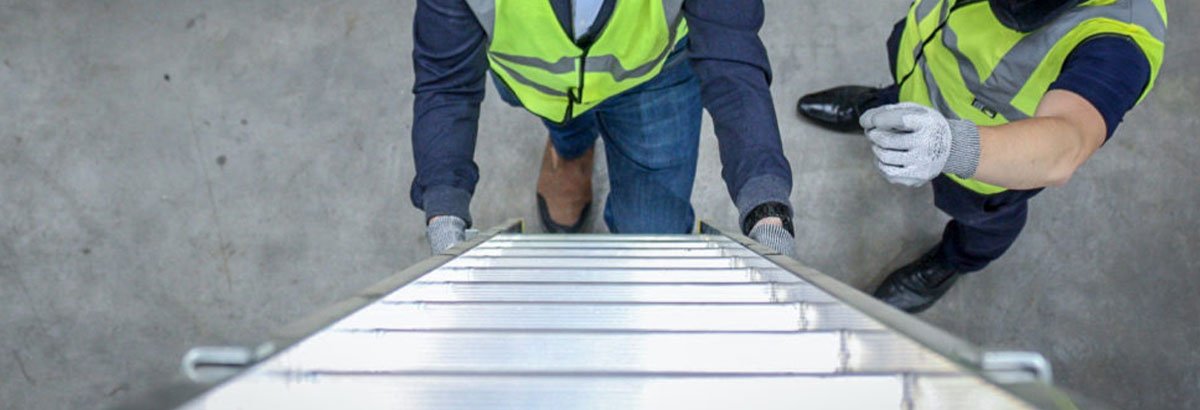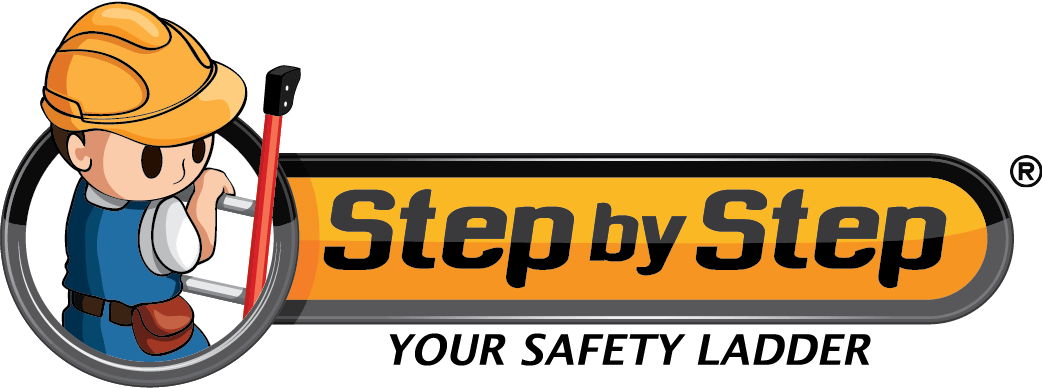Blog

Ladder Preparations
Employees should conduct inspections for general ladder safety for all portable ladder types by checking the followings:
Ladders should not have any damage, lack of structural integrity, missing components or loose parts. Warning: Damaged or worn ladders should be destroyed.
- The steps or rungs must be tight and secure to the side rails.
- All fittings need to be properly and securely attached.
- Movable parts must be tested to see that they operate without binding or without too much free play.
- All labels should be intact and readable.
- Ladders shall be free of oil, grease, or slippery materials.
- A ladder that has been exposed to fire or strong chemicals should be discarded.
- All accessories such as leg levelers, paint shelves, stand-off shelves, etc. are in good condition.
- The ladder base shall be placed on a secure and level footing. When necessary, ladder levelers shall be used to achieve equal rail support on uneven surfaces.
- The ladder base must have the slip resistant material.
While inspecting extensions ladders you need to make sure that:
- Ropes and pulleys are in good condition.
- Ladder extension locks move freely and lock correctly
- Rung locks are on the rails of the top section to ensure the top section will not fall.
- Extension guide brackets are secure and in place





